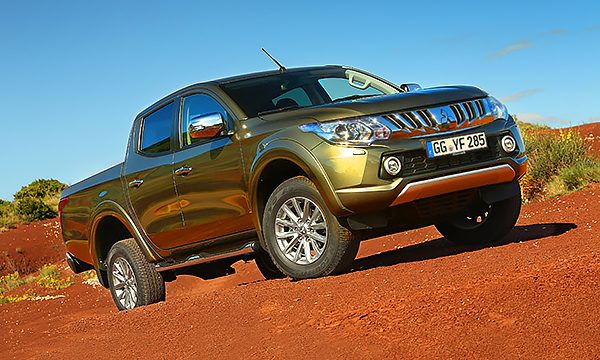
Test drive Mitsubishi L200
The marking control system, it seems, is about to break down and start screeching hysterically, but it is simply impossible not to cut the turns of the mountain serpentine, every now and then getting out of the narrow corridor of the strip. In addition, two Japanese from Mitsubishi are sitting on the back sofa, hugging a suitcase, who are clearly not happy to drive a pickup truck on mountain roads. But they are silent.
There is no place for a frame pickup on narrow serpentines, but here you don't want to get out of the L200 at the first opportunity. For these places, it is cumbersome, slightly clumsy and a little rough, but it rides very decently and, as expected, responds to control actions, shaking slightly on bumps. And to the new 2,4 turbodiesel with 180 hp. no complaints at all: the engine pulls reliably, sometimes even merrily, breathing normally and at low revs.
The old L200 differed from classmates in an unusual appearance, although the Japanese stylists clearly went too far with the compass. The new one does not frighten with such original proportions and seems much more harmonious. But the multi-storey, richly chrome-plated front end looks heavy, and the plastic of the sidewalls and tailgate seems unnecessarily complicated. On the other hand, the L200 has remained both original and recognizable, without becoming a sissy, which one does not want to drive off the smooth asphalt.
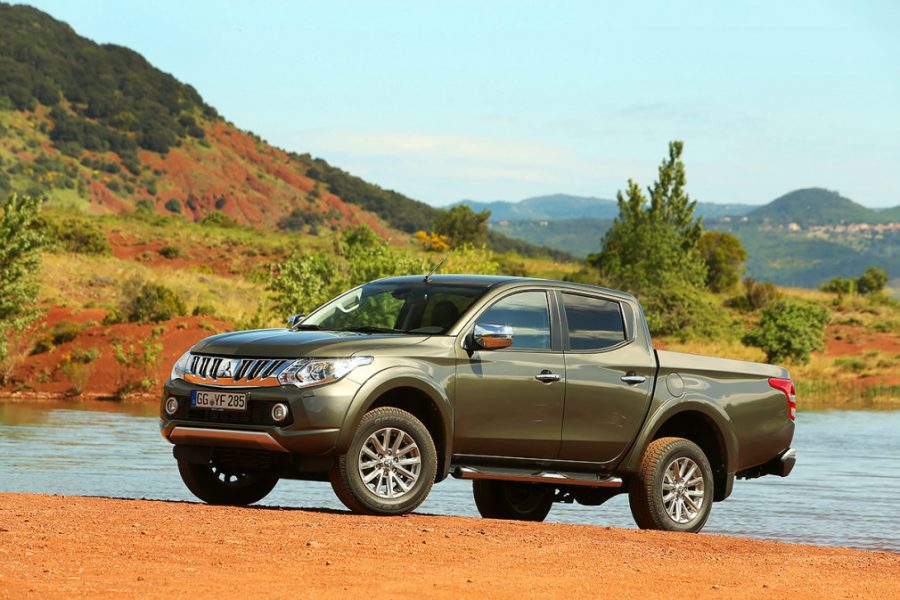
When asked why the L200 stands out from the new style of the brand, which so suited the updated Outlander, the Japanese trace their fingers around the curves of the bumper. If you take a closer look, the notorious "X", which has caused accusations of plagiarism by representatives of AvtoVAZ, is easy to read both on the front and on the rear of the pickup. The Japanese really matured this idea a long time ago (just look at the 2013 GR-HEV concept pickup), but they managed to retouch it before the Outlander's release. In addition, the L200 is a product aimed at the Asian market, where chrome is at a premium. The pickup is produced in Thailand, where it is sold under the sonorous and respectable name Triton. Quite competitive against the background, for example, Navara or Armada. And not as highly specialized as the L200 or BT50.
Be that as it may, the Russian market for the L200 remains one of the most important and largest in Europe. We have this car - the absolute leader of the segment, occupying 40% of the pickup market and almost twice ahead of the closest competitor Toyota Hilux. But Hilux is about to change its generation, the new Nissan Navara will catch up, and the Ford Ranger and Volkswagen Amarok are awaiting updates. So the fifth generation L200 comes out just in time.
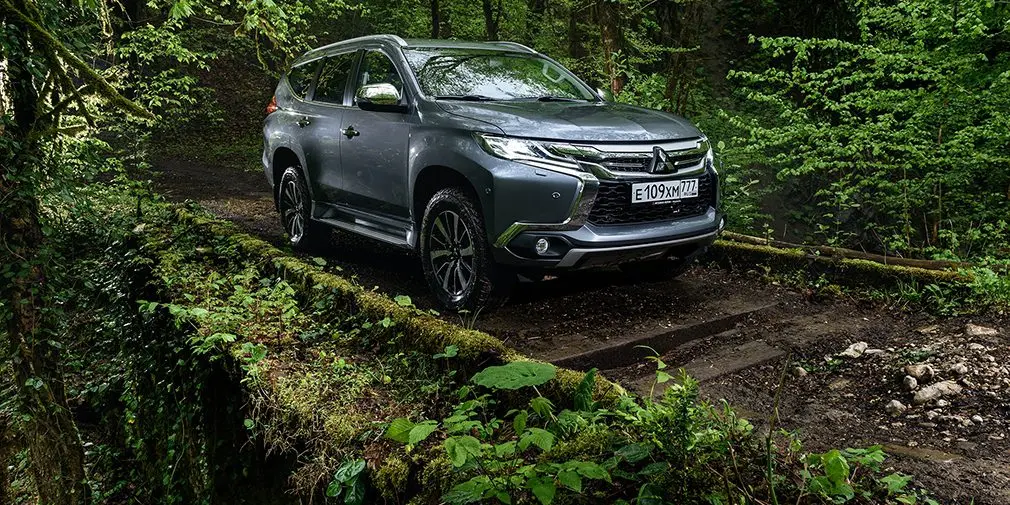
Best of all, the new L200 looks in the classic three-quarter rear photographic angle. Its cargo compartment is emphatically massive, and this is not an illusion - the side has become 5 cm higher. The standard pallet still fits between the wheel arches. But the lowering rear window, which made it possible to carry long lengths, partially filling them into the salon, is no longer there. The Japanese assure that the option was not in demand, and that it was not safe to transport goods. Moreover, the rules allow you to get out of the rear body dimensions.
The abandonment of the rear window lift mechanism made it possible to gain some space in the cabin - enough to tilt the rear seat back by 25% from the almost vertical position. But in general, the layout remains the same, except for the addition of 2 cm for the rear passengers' legs. The Japanese approved - getting out of the back seat of the car and freeing themselves from the suitcase, they vying with each other began to praise the ease of landing. We also checked: completely human places with a normal supply of living space in the shoulders and knees. And behind the tilted back of the sofa, there was a triangular niche for a jack and tools.
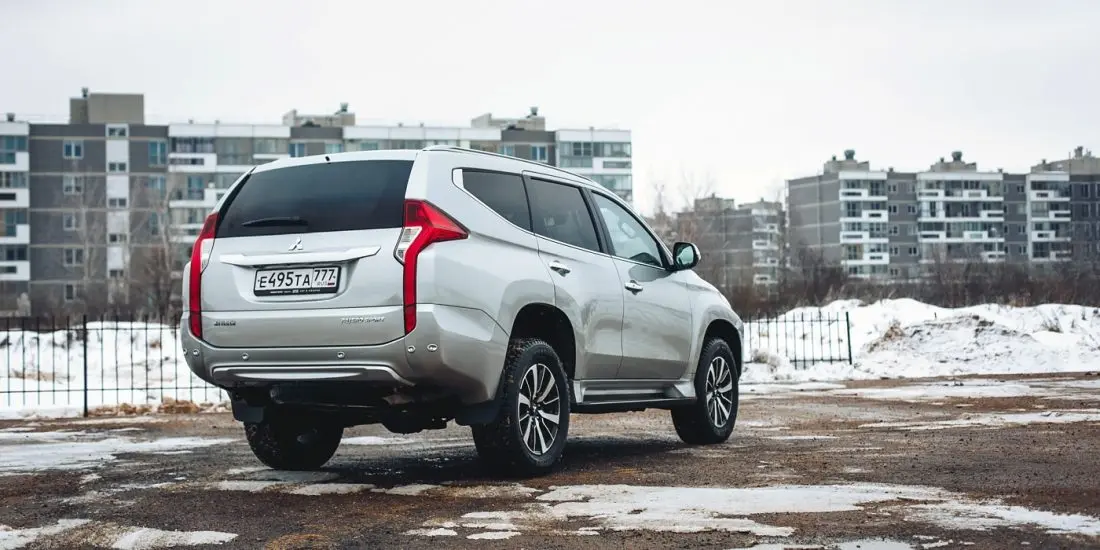
Otherwise, without revolutions. The interior has evolved, hinted at the same design "X" by the contours of the panel, but remained unassuming in a masculine way. Talking about the quality of the finish, the Japanese nodded their heads in satisfaction, but we saw nothing fundamentally new. The interior is okay, the keys of fifteen years ago are hidden deeper, the outwardly antediluvian climate unit copes with the task - and well. But the modern media system with a touch screen is very useful - in addition to navigation, it can display a picture from a rear-view camera, without which it is difficult to maneuver in a pickup truck.
The camera, like the climate control, are options, but now they are at least in the price lists along with the same lane control system and the engine start button. The touch screen is also for a surcharge, and in simpler versions the L200 is equipped with a monochrome two-din radio tape recorder, and it looks simpler inside. The steering wheel adjustment for reach, which greatly facilitates the process of finding your own fit, is also not required for the younger versions. The poker of transmission modes has disappeared in all variants, giving way to an elegant washer.
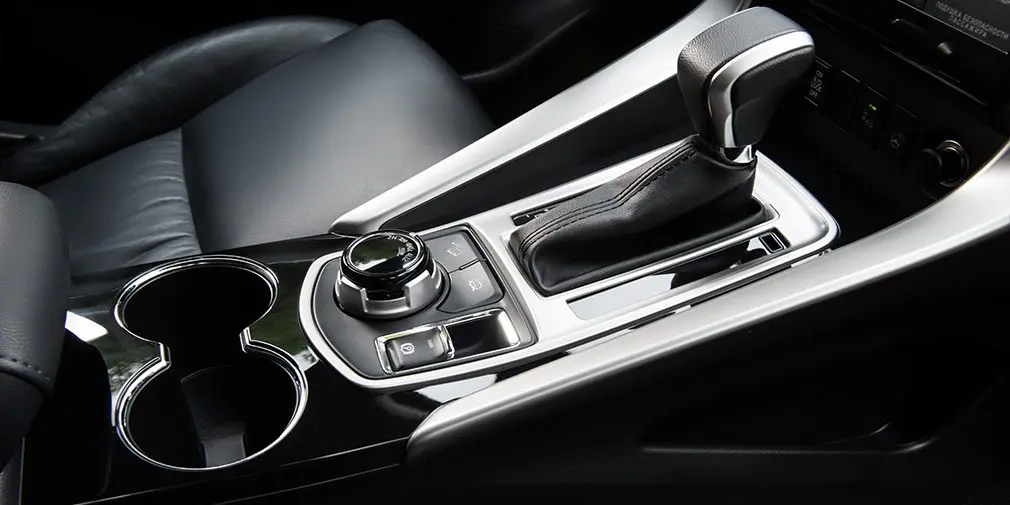
Four-wheel drive options, as before, are two: the classic EasySelect with a rigid front axle connection and the more advanced SuperSelect with an electronically controlled center clutch and an initial torque distribution in a ratio of 40:60 in favor of the rear axle. With this, the L200 remains almost the only pickup truck that can drive in full-time all-wheel drive mode. Plus a powerful downshift and optional rear differential lock, which, in theory, make a serious SUV out of the L200. But where to find off-road riding along the well-groomed paths of the Cote d'Azur?
In response to the question, the Japanese smile slyly. Not in vain, they say, we have been winding the steering wheel on serpentines for a whole hour. From the parking lot, where the company representatives were warming up after a ride in the back seat, a primer goes into the forest - fenced and marked.
On asphalt, the activation of the all-wheel drive mode of the SuperSelect transmission does not affect the behavior of the machine in any way. The L200 is not prone to sudden loss of traction under traction, so it grips the asphalt equally securely in each of the first two selector positions. But with the lowering on and the center locked, the pickup becomes a tractor: the revs are high, and the speed is creeping. The gear ratio is low - 2,6, so we drove even uphill on this off-road track, changing second gear to third and sometimes even fourth, although the nose of the car invariably looked up.
The second is the third. The second is the third. No, it's still the second. When the road went up very steeply, and the tachometer needle dropped below the 1500 rpm mark, at which the turbine stops working, the L200 calmly continued to climb up. In a low gear, a high-torque 180-horsepower diesel engine allowed the engine to drop even lower, and then easily accelerate back to the accompaniment of the quiet murmur of the engine. What if you try to stop at a 45-degree climb? Nothing special: you stick in the first one and easily start moving, since the assistance system at the start uphill obligingly holds the car with brakes, preventing it from rolling back. In such conditions, her help is difficult to overestimate.
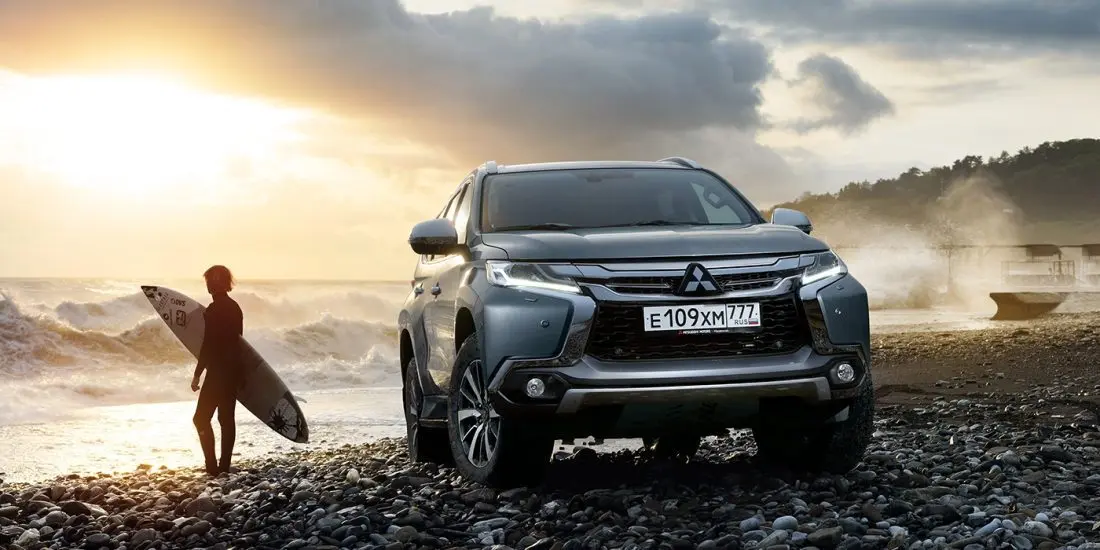
The manual transmission L200 does not cause any irritation even in such conditions. Yes, the effort on the lever and clutch pedal is too large, but the pickup itself is far from being a passenger car. There is also a not too modern 5-speed "automatic" from Pajero, but climbing mountains with it is not even interesting. You have just wielded levers, overcoming with the car what nature has created in these mountains for centuries, and now you just roll, stroking the gas pedal and trying not to run into a hefty boulder. Contacts with stones periodically occur, but the Japanese just brush it off - everything is fine, normal mode.
From the ground to the engine crankcase, the pickup has 202 official millimeters, but in cars for Russia there should be a little more. The fact is that the massive bag under the engine compartment, in which one of the engine radiators lives, was asked by representatives of the Russian office of Mitsubishi to remove it. The rest of the adaptation comes down to equipment kits and option lists. For example, the lane control system that has tortured us will not be taken to Russia.
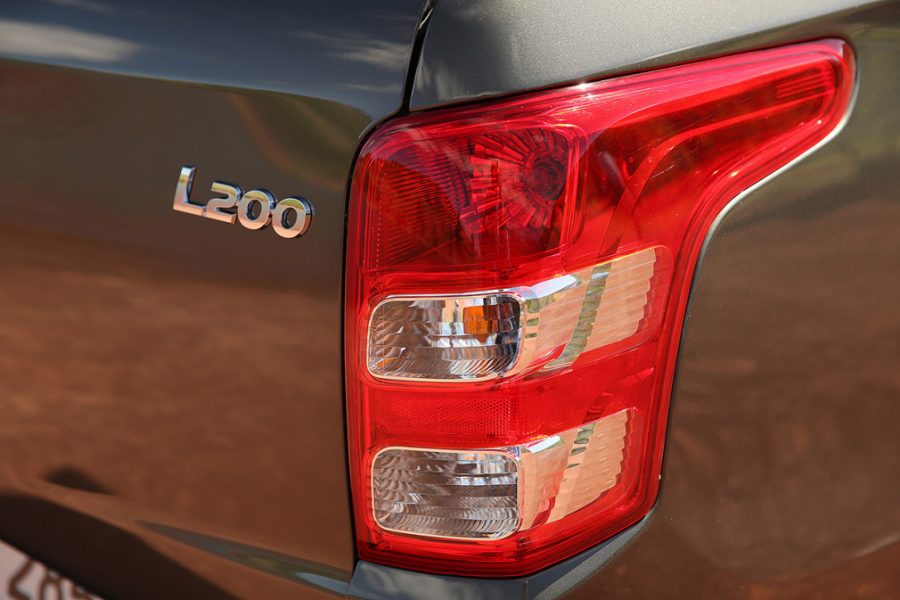
Two engines promise. More precisely, a 2,4-liter diesel will be delivered in two versions with a capacity of 153 and 181 horsepower. The type of box depends on the configuration, and the wise SuperSelect will most likely go to those who choose the more expensive version. Officially, prices have not yet been announced, but the distributor's representatives are guided by the initial amount of 1 rubles. for the simplest L250 of the fifth generation - a little more expensive than its predecessor cost. In the midst of a crisis, this is a good move to save face - the Japanese know how to do it like no other. Especially in a situation where the king of the hill is real. After all, climbing the goat paths to the top of the mountain is much easier than taking on the role of a market bestseller in the whole segment.
Ivan Ananiev